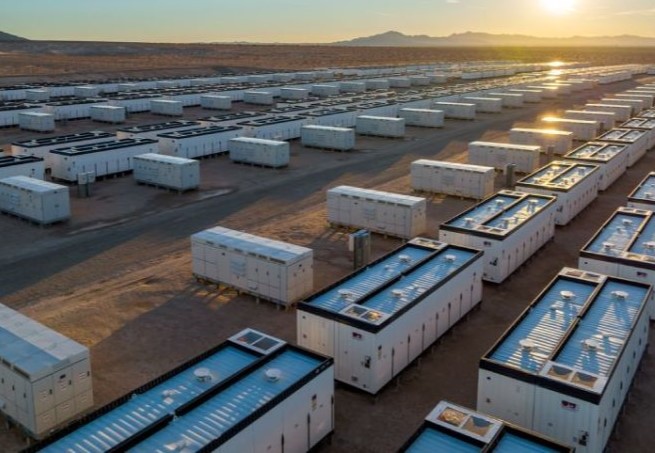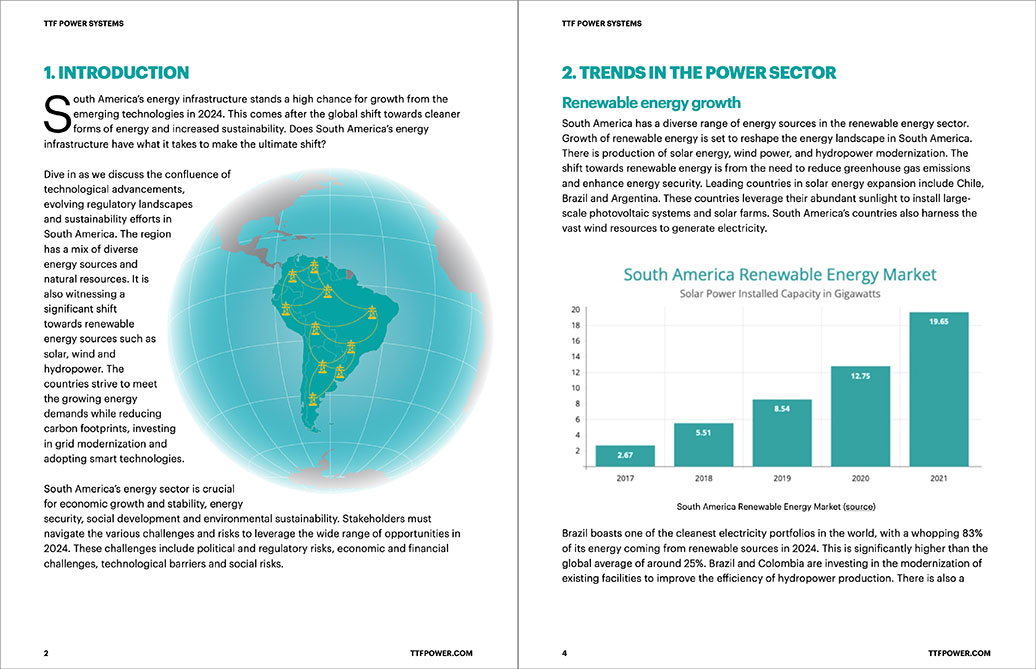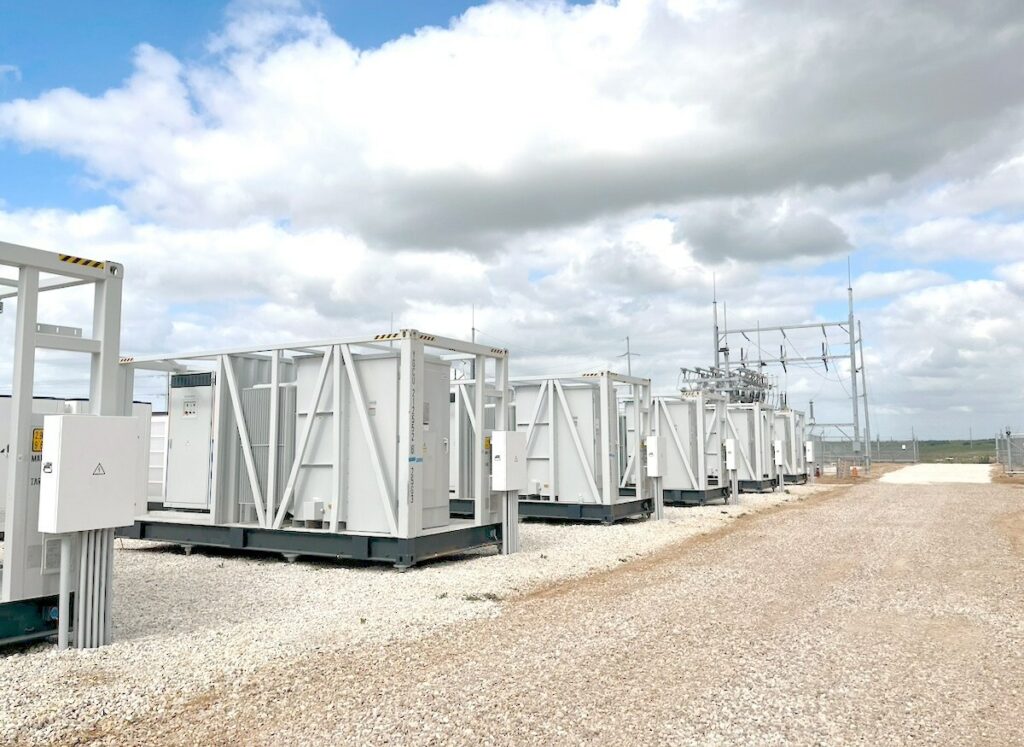
Energy storage system (ESS) is promoting renewable energy sector. The systems create an opportunity for energy storage solutions. Energy storage systems are important for grid stability and maximizing the use of renewable energy sources. Additionally, the growing demand for renewable energy and grid stability drives the growth of (ESS). The adoption of storage solutions helps in the transition towards a resilient energy system. Examples of energy storage systems in the region include large-scale battery storage project by the AES Andes. There are other energy storage projects in Brazil and Colombia that could help improve grid stability.
Challenges facing the storage systems in South America
Development of energy storage systems in the region faces several challenges that may hinder their adoption. Addressing these challenges is important to unlocking their full potential. This would help to support the region’s renewable energy transition. The common challenges include high investment costs, grid integration challenges, limited market mechanisms and technological maturity. The absence of specific regulations for energy storage can create uncertainties for investors and developers.
Problem statement for energy storage solutions
Energy storage systems in South America provide the opportunity to address these challenges and problems. The systems make the energy sector more resilient, sustainable and inclusive. They address the challenge of fluctuating renewable energy output and maintains the grid balance. Energy storage systems address the following problems and challenges.

- Grid stability and reliability – the aging infrastructure, geographical constraints and varying demand patterns impact the electric grid. Energy storage systems offer services like frequency regulation and voltage support. This aids in stabilizing the grid and improve the reliability.
- Mitigating power outages and blackouts – energy storage systems act as backup power sources during emergencies. They ensure the continuity of services and reduce the impact of blackouts.
- Enhancing energy security – use of energy storage systems enhances energy security in the region. This is by reducing dependence on external energy sources.
- Economic development – energy storage solutions support industrial productivity and ease agricultural activities. This helps to ensure electricity reliability for economic growth and development.
- Dependence on fossil fuels – most of South American countries rely on imported fossil fuels for electricity generation. Energy storage solutions enable greater integration of renewable energy sources to reduce the need for fossil fuels.
- Integration of renewable energy – energy storage systems address the intermittent nature of solar and wind power. The systems can store excess energy produced during peak times and release it when needed to ensure stable electricity supply.
Energy storage components
There are several components that make up the energy storage systems. They work together to store energy and release it when needed. The specific components vary depending on the type of energy storage technology used. The components create an effective energy storage system for storage, management and dispatch. Additionally, it is advisable to understand these components for designing, installing and operating reliable energy storage systems. The following are the primary components of common to most systems.

- Energy storage medium – this includes batteries, pumped hydro and thermal storage. The batteries can be lithium-ion, lead acid or flow batteries. Heat or cold stores in materials like molten salts, water or ice used to produce electricity of provide heating or cooling.
- Power conversion system – this includes inverters and converters that manage the conversion of electricity between AC and DC. This ensures the energy stored in the storage medium can convert into usable form for the grid.
- Energy management systems – these systems monitors, controls and optimizes the operation of the storage systems. This is including charging, discharging and integration with other energy sources.
- Battery management systems – these are responsible for monitoring the health and performance of the batteries. They ensure safe operation by managing temperature, voltage and state of charge. It also prevents overcharging or deep discharging which can damage batteries.
- Cooling and thermal management system – energy storage systems need the cooling system to manage the heat during operation. They prevent overheating and ensure the longevity and efficiency of the storage medium.
- Power conditioning equipment – these include transformers and circuit breakers to ensure the energy output from the storage system meets the needed voltage and frequency.
- Interconnection and integration components – these include electrical wiring, switchgear and connection points. These components link the energy storage system to the grid, renewable energy sources or other systems.